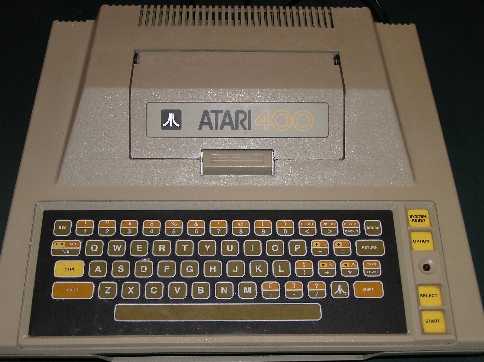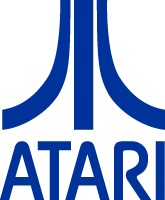




|
NAME |
400 |
|
MANUFACTURER |
Atari |
|
TYPE |
Home Computer |
|
ORIGIN |
U.S.A. |
|
YEAR |
1979 |
|
END OF PRODUCTION |
1982 |
|
KEYBOARD |
QWERTY membrane keyboard, 61 keys |
|
CPU |
6502 |
|
SPEED |
1.79 MHz |
|
COPROCESSOR |
ANTIC (Scrolling, Sprites, Video), CTIA / GTIA (Color, Sprites, Collisions), POKEY (timers, sound, keyboard, serial I/O), PIA 6810 (I/O, including the 4 joystick ports) |
|
RAM |
8 kb or 16 kb (newer models) |
|
ROM |
10 kb |
|
TEXT MODES |
40 x 25 |
|
GRAPHIC MODES |
Several graphic modes, maximum: 320 x 192 |
|
COLORS |
16 (each color can have 8 luminance) = 128
colors maximum in the lowest graphic mode (requiring display list
interruption to have them simultaneously) |
|
SOUND |
4 voices, 3.5 octaves |
|
I/O PORTS |
HF TV output, 1 cartridge slot, Expansion bus, Atari Serial I/O (SIO), 4 joystick sockets, Tape recorder |
|
OS |
400/800 OS in ROM |
|
Atari 400
|
|
Atari 400 |
|
capabilities, more than other computers could do then! The two models had same characteristics, the 400 is the
low-cost version, it has only 16 kb (instead of 48 kb), one cartridge port (two for the 800)
and a membrane keyboard (a typewriter style keyboard one for the 800).
|
